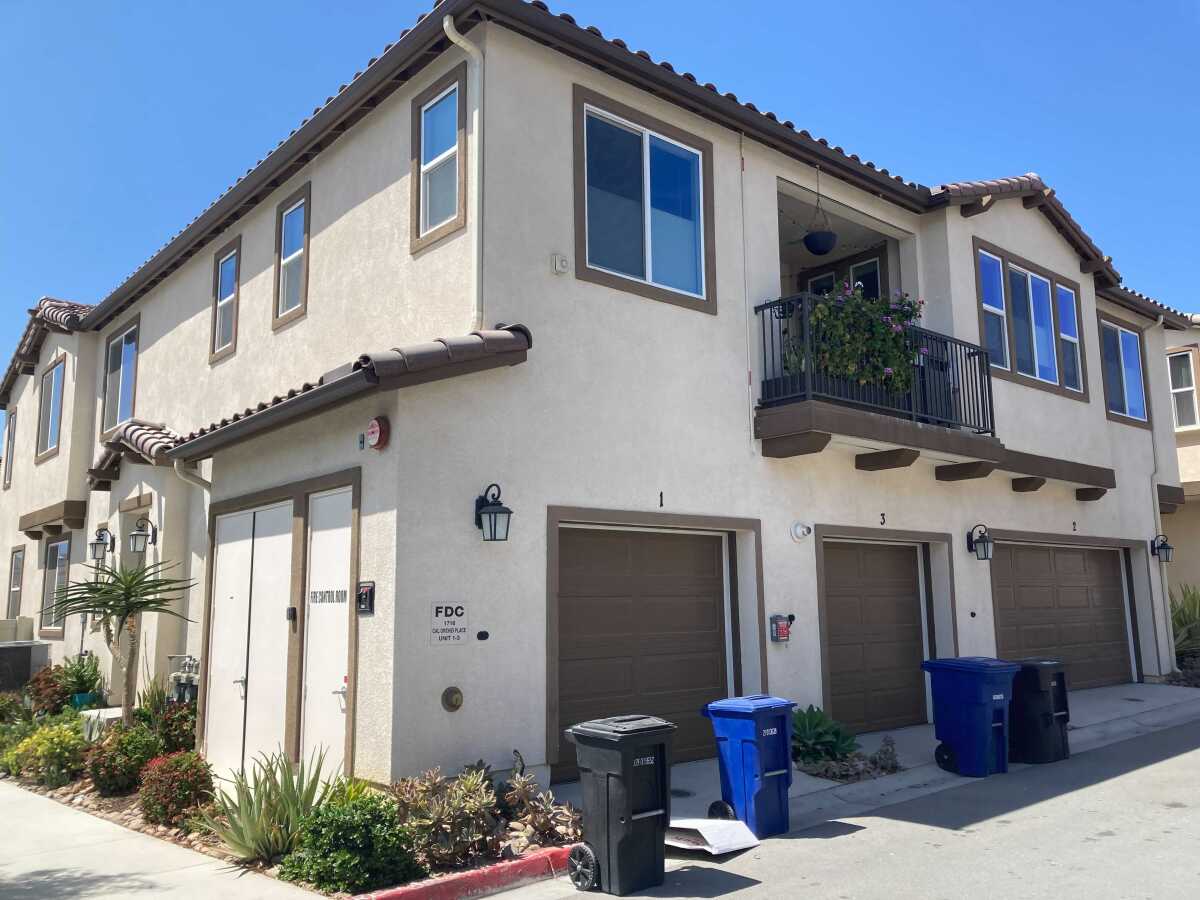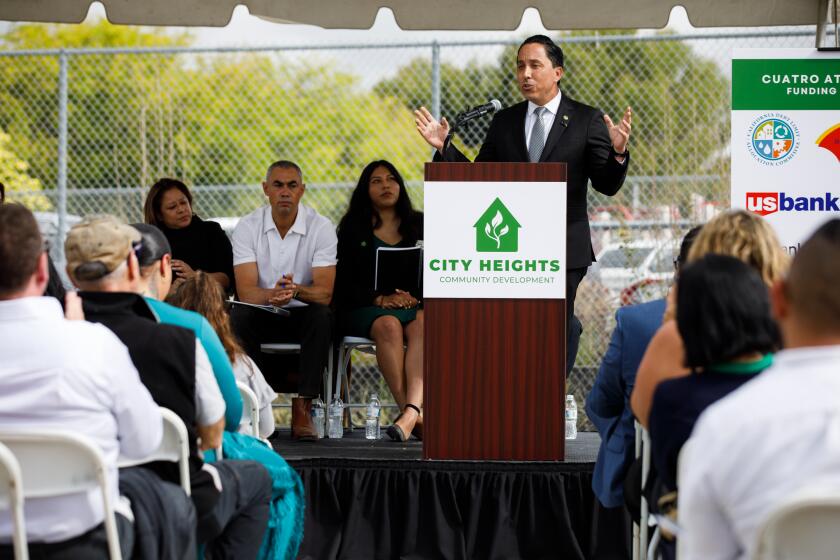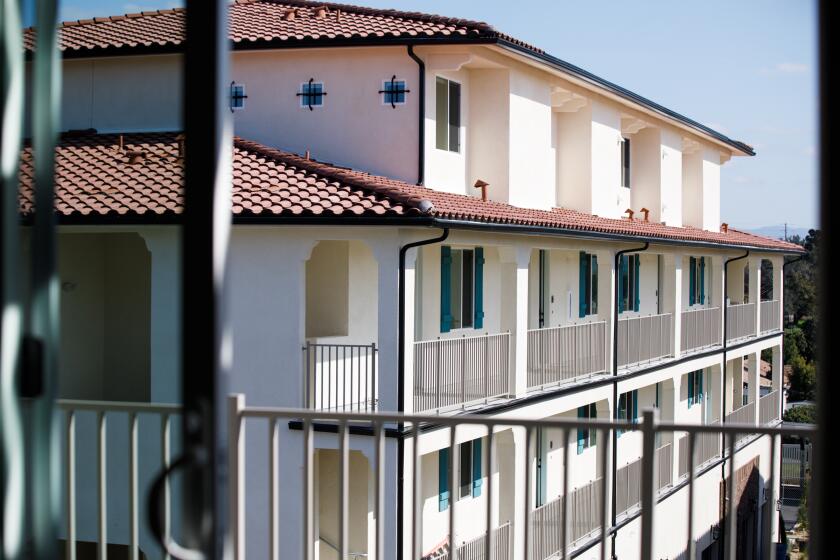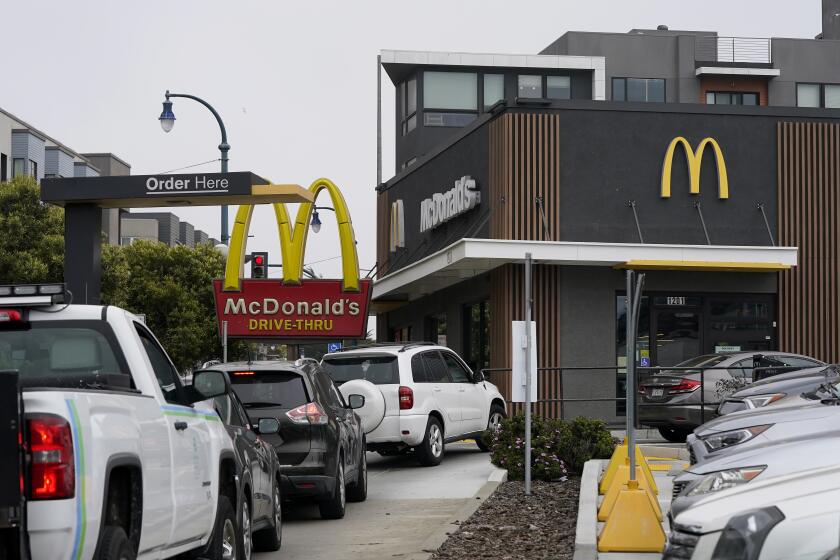Is buying a home in San Diego a good investment? Maybe not, new study says

The Beracha, Hardin & Johnson Buy vs. Rent Index says it make more sense to invest in stocks and bonds than a house for many San Diegans.
San Diego home prices have rapidly risen in the last year and it might be tempting to think now is the time to buy before they rise more.
But should you?
A new quarterly report from researchers at Florida Atlantic University and Florida International University says it would be faster to accumulate wealth for most residents in San Diego by renting and investing in stocks and bonds rather than buying a home.
This story is for subscribers
We offer subscribers exclusive access to our best journalism.
Thank you for your support.
The Beracha, Hardin & Johnson Buy vs. Rent Index goes against conventional wisdom that you might hear from some financial planners and your real estate agent. The concept boils down to where your money is likely to grow fastest and looks at home markets that might be overheated and carry more risk.
Ken H. Johnson, real estate economist at Florida Atlantic University, has studied ways to grow wealth for decades and says individuals have two paths to wealth: Buy a home or use a lot of the money you would have spent on taxes and other homeownership costs to invest. He says the worst thing a person can do is rent and do nothing.
“Don’t rent and just spend extra money on beer and cookies,” he said.
Johnson said buying a home is still a great way to build wealth, especially because it is basically a forced saving account. But if there is any chance you won’t keep a San Diego home for a significant amount of time, chances are you won’t make a lot of money.
“Stocks and bonds, in terms of performance, have outperformed the housing market,” he said. “That’s why renting and reinvesting often wins.”
The index listed several other metros where renting and investing would be a better option, including Los Angeles, Seattle, Miami, Dallas, Denver and Houston. It said some of the places where buying would be better are Chicago, New York, Honolulu, San Francisco and Milwaukee.
The index takes into account home prices, rents, mortgage rates, home maintenance costs, homeowner association dues and other household expenses. It assigns a value to each metro and has quarterly rankings going back to 1982.
It hasn’t always been a bad idea to buy a house in San Diego metropolitan area (which includes all of San Diego County). As recently as 2018, researchers said it was still — narrowly — a good time to buy here. The best times it has listed as times to buy were 2012, 1994 and 1985.
If you plan to buy a home in San Diego County and never leave, it is probably a good investment, researchers say. However, if you are just staying for a few years, it probably isn’t the best decision.
“I would tell you if you bought in San Diego today, 10 years from now it is going to be a great investment,” Johnson said. “But if you bought today, given the prices, and you have to sell in the next couple years, you will have trouble getting a return on your investment.”
New this year, the researchers also created a report to look at the most overvalued of the nation’s 100 largest metros. San Diego ranks No. 69, based on past pricing history. It said homes in San Diego metro were selling at a 14.9 percent premium.
It said Boise, Idaho, was most overvalued with homes selling at an 80.6 percent premium. It was followed by Austin (50.7 percent), Ogden, Utah (49.7 percent), Provo, Utah (49.7 percent) and Detroit (45.6 percent).
Only five metros out of the 100 studied were considered overvalued, with Honolulu selling at 5 percent below historic norms. Other metros were Virginia Beach (-2.5 percent), Baltimore (-1.7 percent), New York (-0.8 percent) and Baton Rouge (-0.4 percent).
The Rent Vs. Buy Index doesn’t say exactly how one should invest, but Johnson said it is a good idea for a renter to talk to a professional about investing in indexes to make sure you have 60 percent in stocks and 40 percent in bonds.
The index takes a more conservative approach to rising prices, assuming a market correction is in the cards based on historical pricing trends. However, predicting rising prices during the COVID-19 pandemic has been increasingly difficult.
In San Diego County, the median home price of $730,500 in July represents a 15.2 percent increase in a year, said data from CoreLogic/DQNews. The San Diego Union-Tribune’s 12-person panel of business leaders and economists predicted in December 2019 the median home price at the end of 2020 would be $570,000 at the lowest to $624,500 at the highest. It ended the year at $715,500.
It was also difficult to predict the major stock market gains during the pandemic, which are still ongoing. As of Thursday, the S&P 500 Index was up 34.6 percent in a year.
In what could be seen as an opposite to the Beracha, Hardin & Johnson Buy vs. Rent Index, researchers at home improvement Porch last month predicted San Diego home prices would rise 24.7 percent in a year. Instead of relying on past pricing norms, it used mainly current data showing how much homes are selling for over asking and wage growth.
Get U-T Business in your inbox on Mondays
Get ready for your week with the week’s top business stories from San Diego and California, in your inbox Monday mornings.
You may occasionally receive promotional content from the San Diego Union-Tribune.











